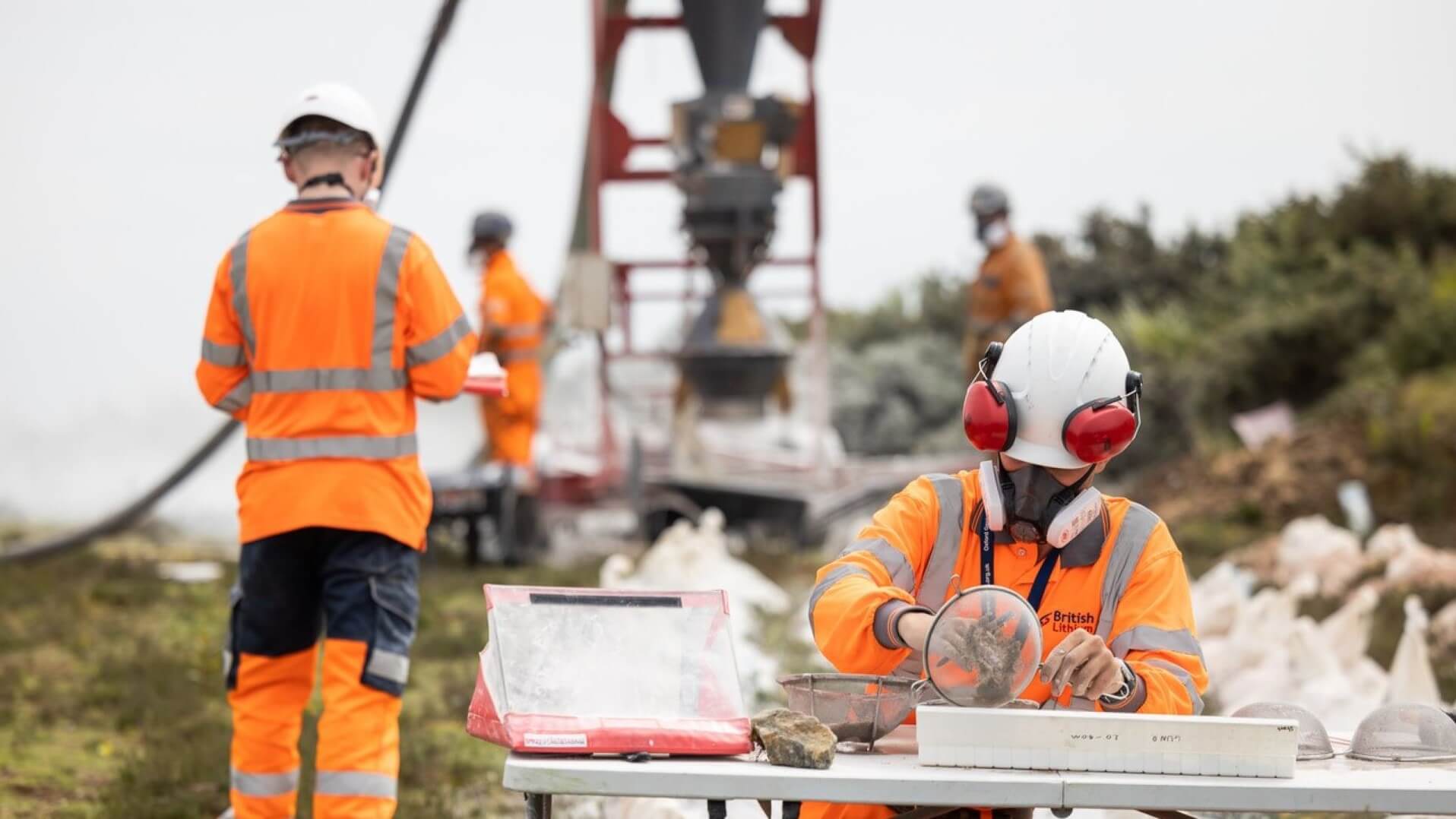UPDATED 1 Sept: The EI library in London is temporarily closed to the public, as a precautionary measure in light of the ongoing COVID-19 situation. The Knowledge Service will still be answering email queries via email , or via live chats during working hours (09:15-17:00 GMT). Our e-library is always open for members here: eLibrary , for full-text access to over 200 e-books and millions of articles. Thank you for your patience.
New Energy World™
New Energy World™ embraces the whole energy industry as it connects and converges to address the decarbonisation challenge. It covers progress being made across the industry, from the dynamics under way to reduce emissions in oil and gas, through improvements to the efficiency of energy conversion and use, to cutting-edge initiatives in renewable and low-carbon technologies.
UK’s largest electricity transmission project agreed
12/7/2023
News
Scottish and Southern Electricity Networks Transmission (SSEN) and National Grid Electricity Transmission (NGET) have agreed terms of a joint venture to develop a new subsea electricity superhighway project along the east coast of the UK. Elsewhere in the country, a huge solar project has been granted approval, a new partnership has been formed to produce battery grade lithium, and funding has been agreed for Scotland’s Moray West offshore wind farm.
The ‘Eastern Green Link 2’ (EGL2) project will be the UK’s single largest electricity transmission project, comprising a 525 kW, 2 GW high voltage direct current (HVDC) subsea transmission cable from Peterhead in Scotland to Drax in Yorkshire, England.
The subsea HVDC cable system will measure approximately 436 km, with new converter stations at either end to connect it into the existing transmission network infrastructure.
Following final approval from industry watchdog Ofgem, work on the project as a formal joint venture between SSEN Transmission and NGET is expected to commence in 2024, with a targeted operational date of 2029.
Green light for one of UK’s largest solar farms
Meanwhile, Longfield solar farm near Chelmsford in Essex has been awarded planning consent by the UK government. The 500-MW farm will be able to power about 96,000 homes.
The project, to be developed by EDF Renewables, involves a new solar photovoltaic (PV) array generating station, co-located with battery storage, together with grid connection infrastructure on a 380-hectare site.
Construction will last approximately two years, with first power to the grid supplied at the beginning of 2028.
Battery-grade lithium production
In other news, Imerys has acquired an 80% stake in British Lithium, a private company that has developed a process to produce battery-grade lithium carbonate from Cornish granite.
Following drilling and resource definition, inferred mineral resources are estimated at 161mn tonnes at a grade of 0.54 % lithium oxide. These resources give sufficient confidence to target a mine life exceeding 30 years at a production rate of 20,000 t/y of lithium carbonate equivalent, potentially enough to equip 500,000 electrical vehicles (EVs) per year by the end of the decade, according to the project partners. This would meet roughly two-thirds of Britain’s estimated battery demand by 2030.

Since 2017, British Lithium has carried out drilling and exploration on Imerys-owned land in Cornwall and developed a unique process and pilot plant to produce battery-grade lithium carbonate
Photo: British Lithium
Funding for offshore wind farm that could supply half of Scotland’s electricity
Meanwhile, the Moray West wind farm, located 22 km offshore Scotland and operated by Ocean Wind, has secured £95.5mn of funding from Barclays. The project is expected to supply 50% of Scotland’s electricity, generating enough power for up to 1.33mn homes and saving an estimated 1.1mn tonnes of CO2 emissions by the time the project completes in 2025.
